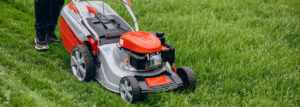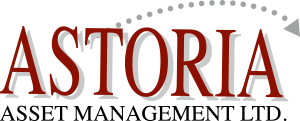Lawn Maintenance

Maintaining a healthy and vibrant lawn in Alberta’s climate requires some specific care and attention. Here are some lawn care tips tailored for Alberta:
- Proper Watering: Water your lawn deeply and infrequently, preferably in the early morning or late evening when evaporation is minimal. Aim for 1-1.5 inches of water per week, including rainfall. Watering deeply encourages deep root growth and helps the grass withstand drought conditions.
- Mowing Practices: Set your lawn mower at a higher cutting height to promote healthier grass. In Alberta, a cutting height of 2.5 to 3 inches is recommended. Avoid cutting more than one-third of the grass blade length in a single mowing to prevent stress on the grass.
- Fertilization: Apply a slow-release nitrogen fertilizer in early spring and late fall to promote healthy growth and winter hardiness. Apply weed feed in the fall to help with dandelions in the spring. 4 applications in Alberta is optimum. Follow the manufacturer’s instructions for application rates and timing. Avoid fertilizing during hot and dry periods.
- Overseeding: Fill in thin or bare spots in your lawn by overseeding with appropriate grass seed. Choose a grass variety suitable for Alberta’s climate, such as Kentucky bluegrass, fine fescue, or perennial ryegrass. Overseed in early spring or early fall for optimal results.
- Weed Control: Regularly monitor and control weeds in your lawn. Hand-pull or spot-treat weeds using appropriate herbicides labeled for use on lawns. Follow the instructions carefully and avoid herbicide use during windy conditions.
- Aeration: Perform core aeration once or twice a year, preferably in spring and fall. Aeration helps relieve soil compaction, improve water and nutrient absorption, and promote root development. Use a core aerator or hire a professional service to perform the task.
- Dethatching: If your lawn has a thick thatch layer (accumulated dead grass and debris), consider dethatching in early spring. Dethatching helps improve water penetration and nutrient uptake. Use a dethatching rake or rent a dethatching machine for larger areas.
- Winter Preparation: In late fall, mow your lawn slightly shorter than usual to prevent snow mold. Clear the lawn of debris and leaves to avoid suffocating the grass. Avoid heavy foot traffic on frozen or snow-covered lawns to prevent damage.
- Pest and Disease: Control: Monitor your lawn for signs of pests or diseases such as grubs, insects, or fungal infections. If necessary, consult with a professional or use appropriate treatments to control the problem.

